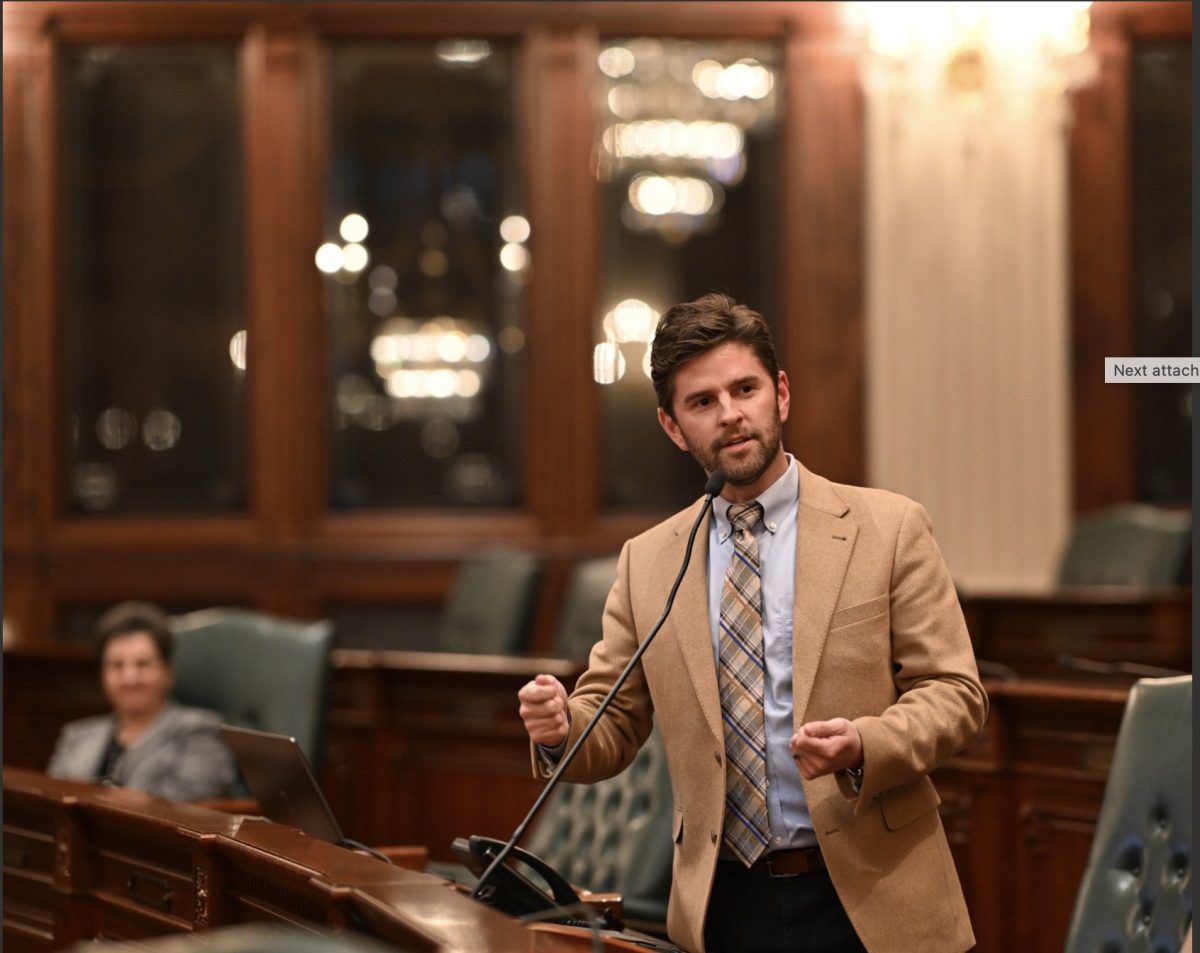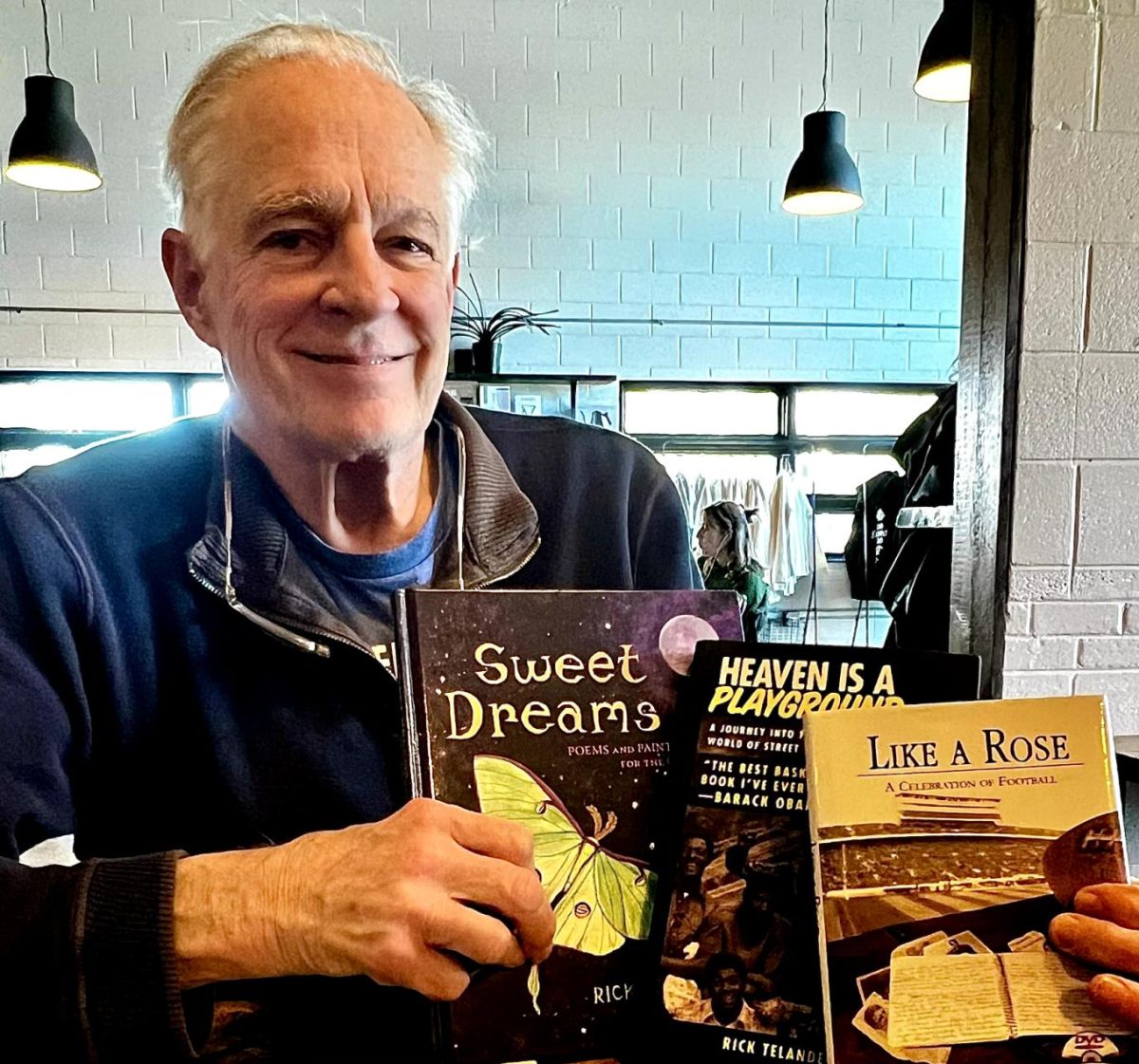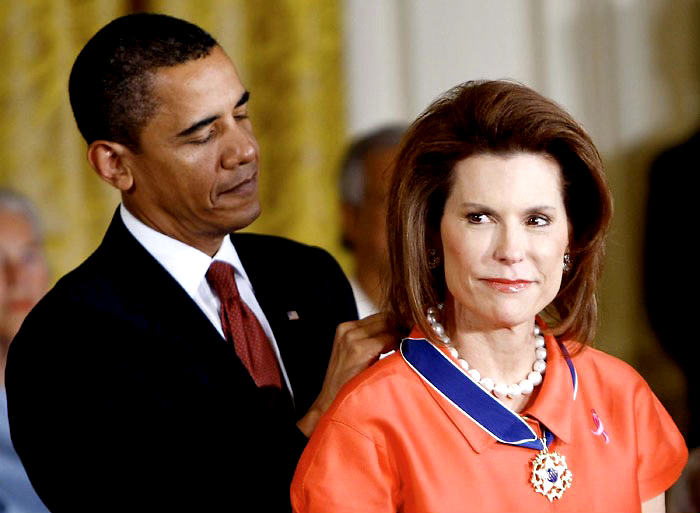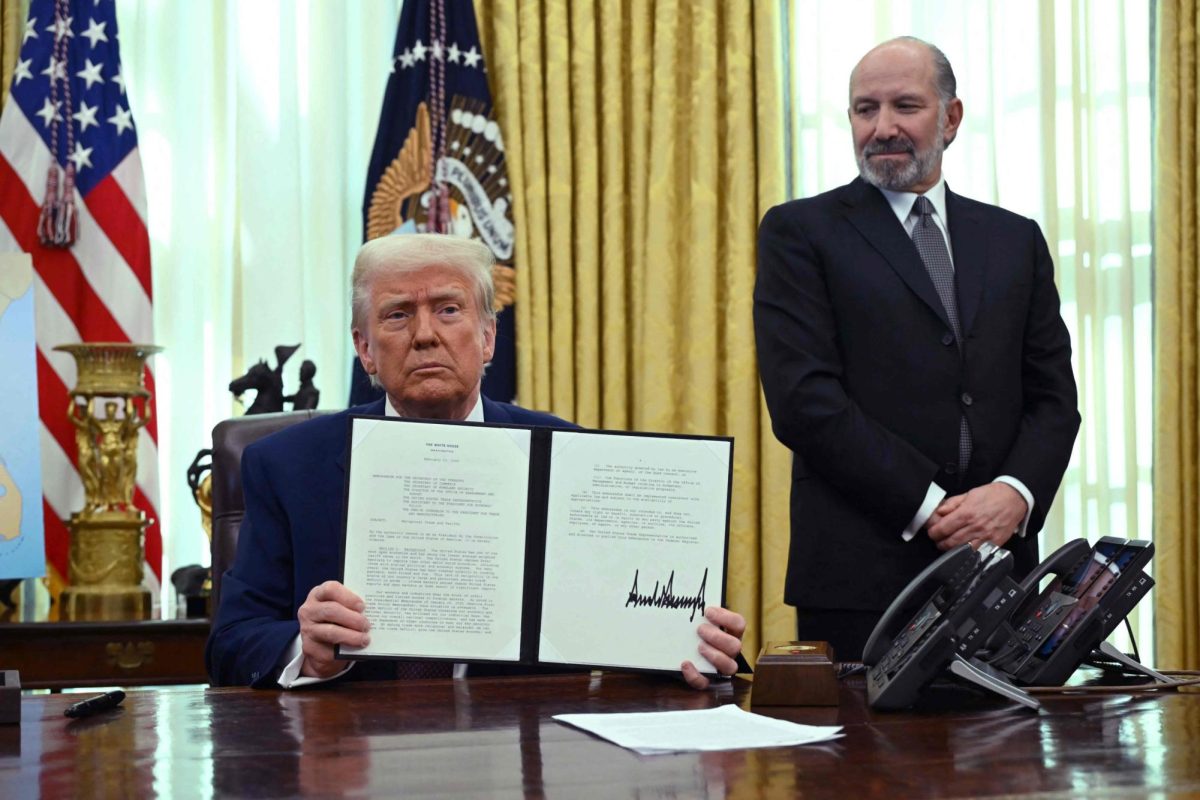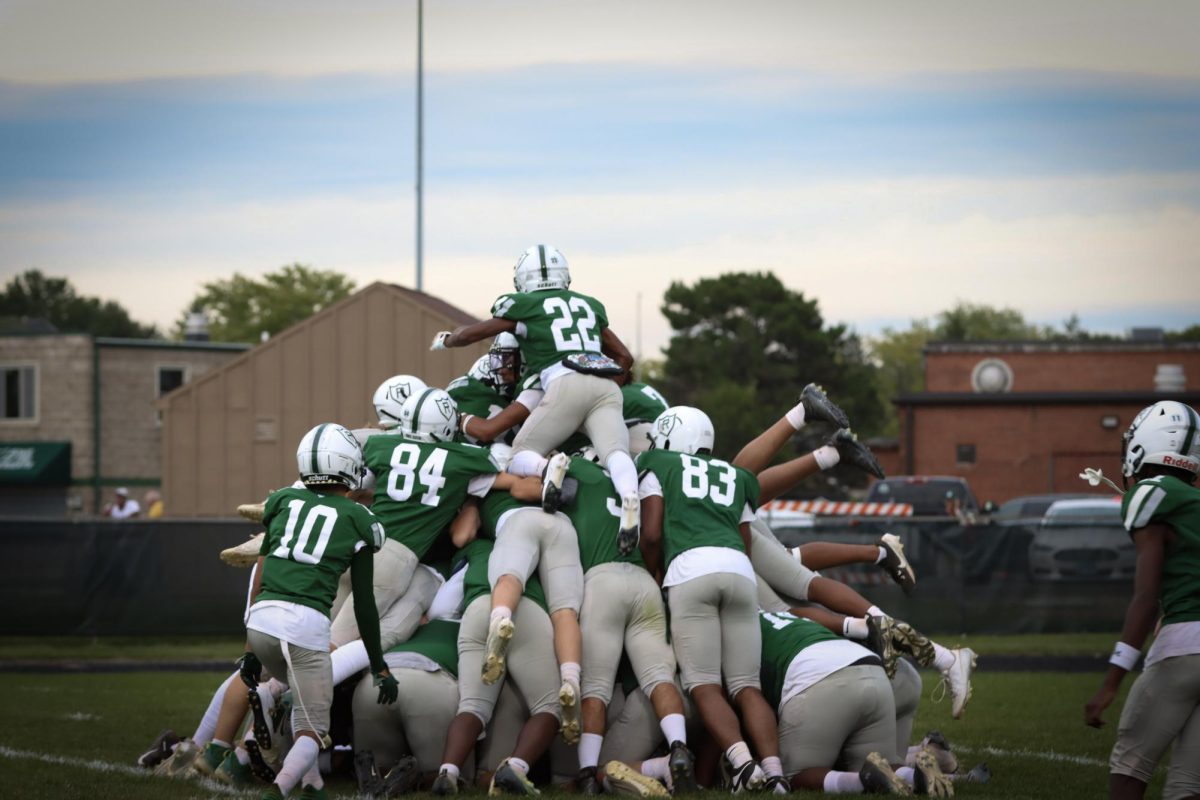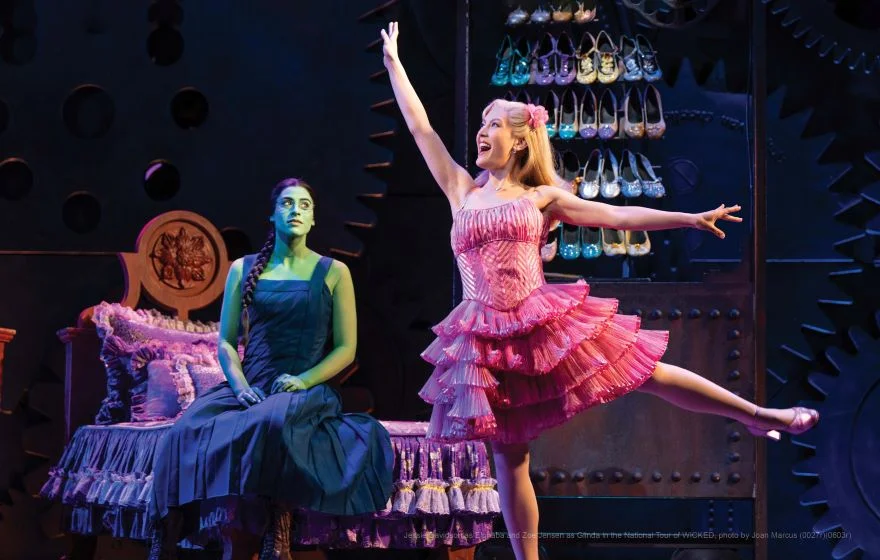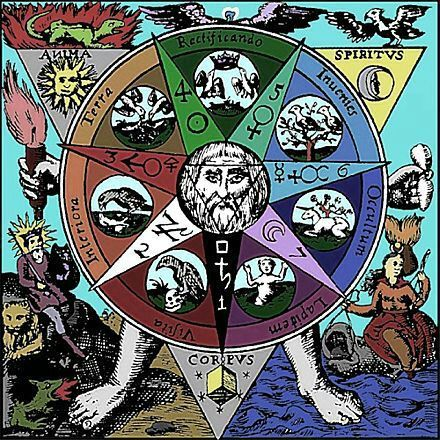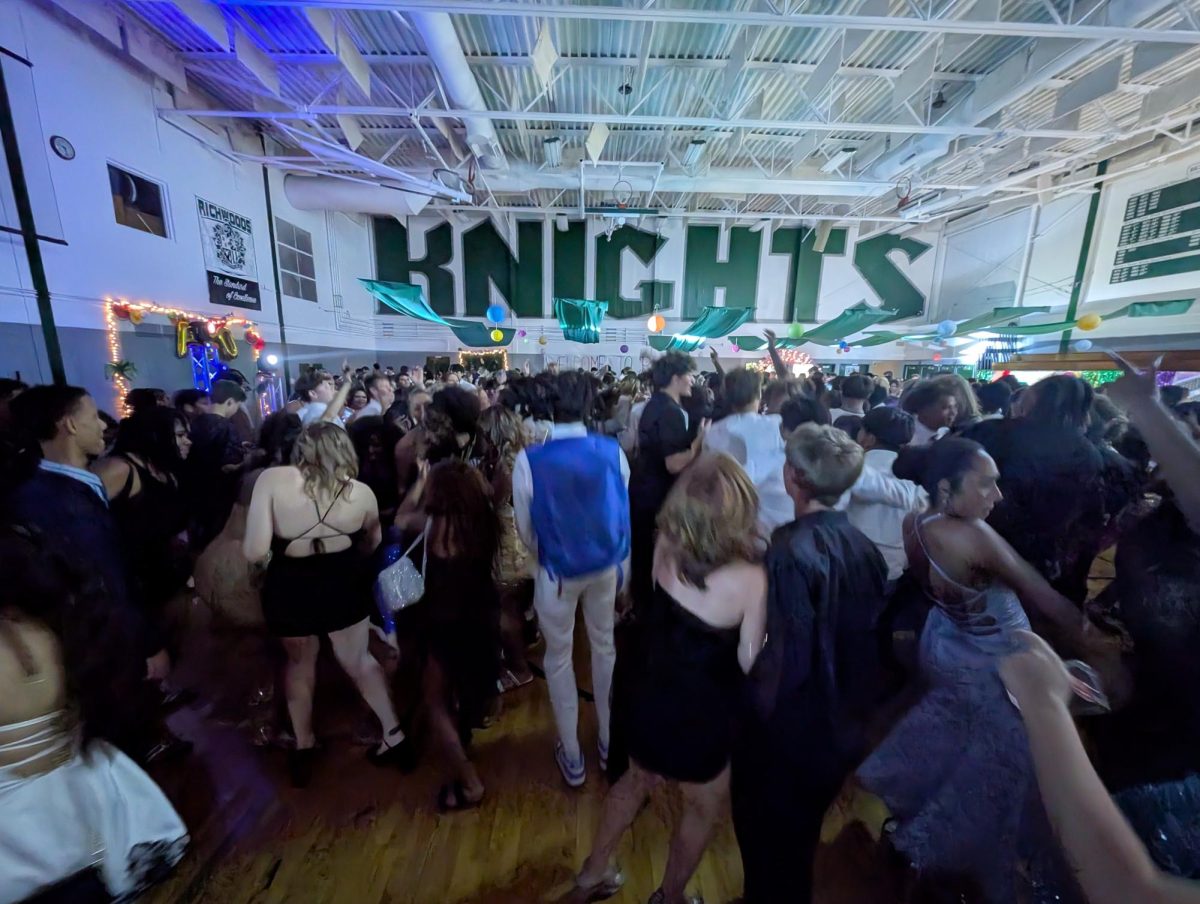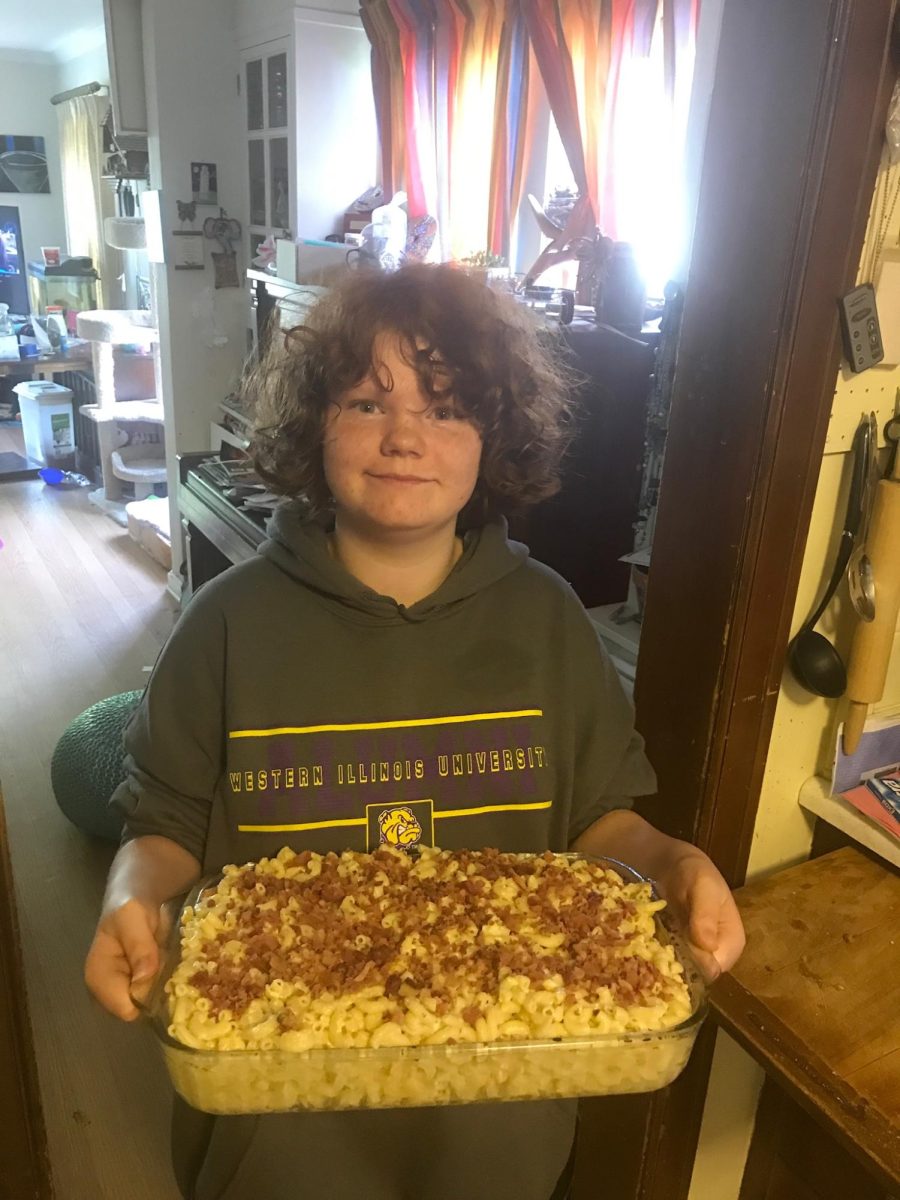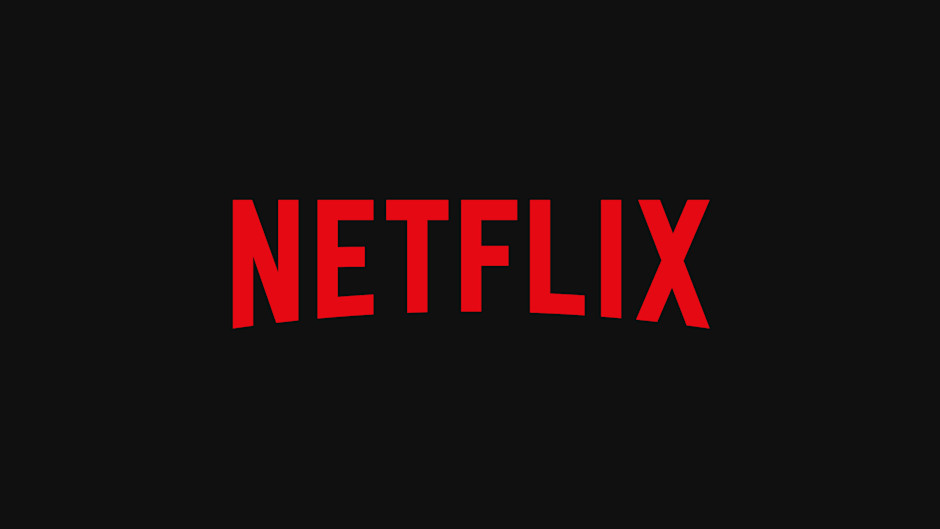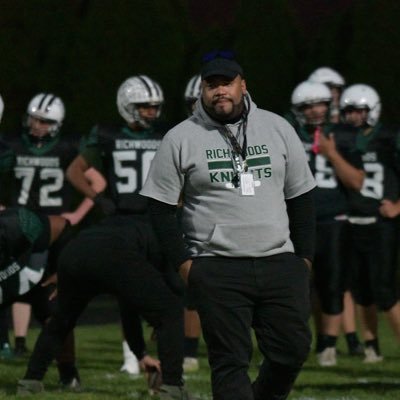Sequels have always been a part of the entertainment movie scene, especially with book sequel movie adaptations like the Hunger Games books/series. Every good movie needs a sequel, right? Take The Lord of the Rings movie series for example. It is considered to be one of the best trilogies ever made. Another example of sequels done well is the Batman Begins/Dark Knight trilogy by Christopher Nolan. A perfect origin story for an Oscar-winning Joker performance in another stellar movie. But what happens when sequels or “part-twos” start to appear in television series?
Let me set the scene: you’re watching the Netflix trailer for the next season of your favorite show and you finally get to see it when it releases. Then you see “Part One” and “Part Two”. What? This season’s only 8 episodes long, but there are two parts. Since the release of Stranger Things Vol 4 in 2022, Netflix has been noticeably splitting TV show seasons into multiple parts. Season 4 of Stranger Things only had 9 episodes; Part one included episodes 1-7 and was released May 22, 2022, while the last two episodes were released a month and a half later. Since then, new releases of TV shows like The Crown season 6, Bridgerton season 3, and Outer Banks season 4 have split their seasons into two parts. But comedy shows like Abbott Elementary and The Bear already have 3/4 seasons when the shows were released in 2021 and 2022. Granted, these shows are comedies with only 30-minute episodes, but compared to nine 60-ish minute episodes with 2-3 years between seasons, the comedy shows have more material. Most times, the two parts derail the viewers from the storyline, having to rewatch the first part before the rest of the season releases. However, there are shows that do this differently. The release of Arcane season 2 as 3 parts within 3 weeks, made for a better viewing. Most TV shows released in the early 2000s had weekly releases, which gave enough anticipation for the next episode. In the case of Arcane, 3 episodes were released weekly, enough content to watch with enough anticipation for the next 3 episodes. Allowing for a week, in between, creates a better system for viewers to watch episodes every week or wait 3 weeks to watch the entire season.
Sometimes, in the case of movies, a sequel (or two) is necessary for a story to be fleshed out. But sometimes, audiences want the 2 hours they lost back. A lot of times, sequels are money grabs that bank off the success and plot of the original movie. But, when a sequel is done well, it is enjoyable for viewers and critics alike. Yet, sometimes the risk of disinterest of audiences and money loss is not necessary just to add a more dramatic tone to the season. Audiences don’t want to wait months for a “part two” and big corporations certainly don’t want to lose millions of dollars.



